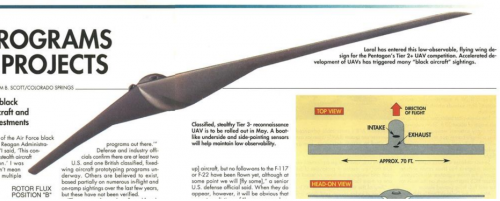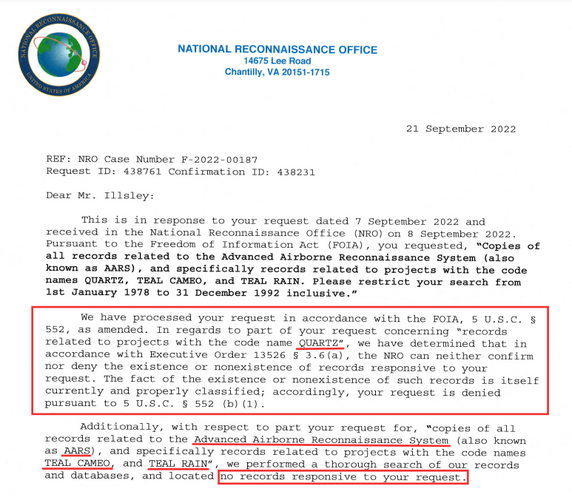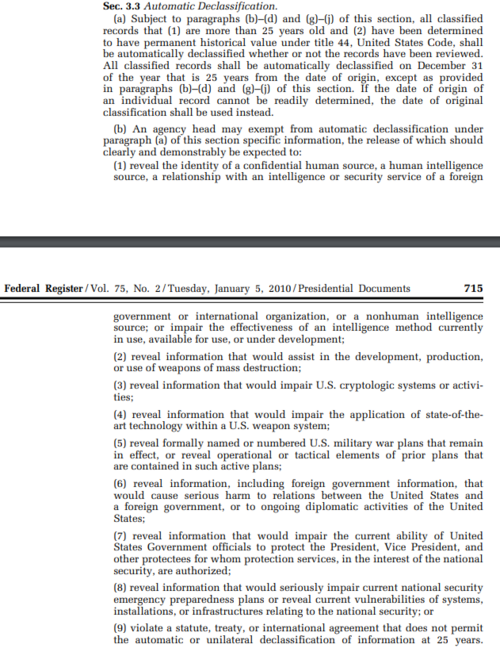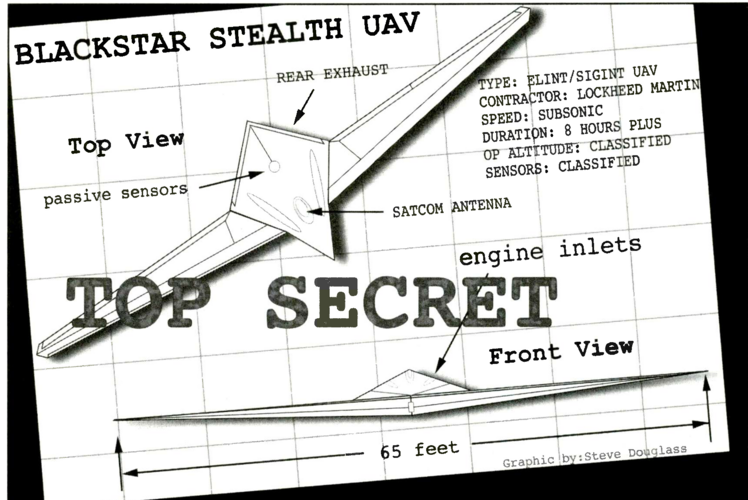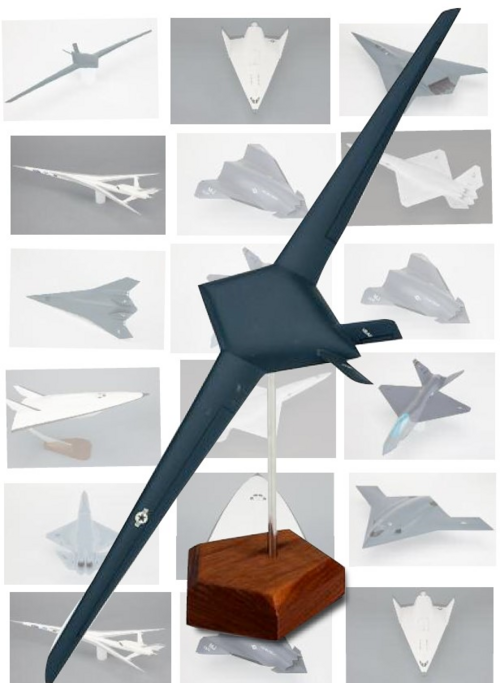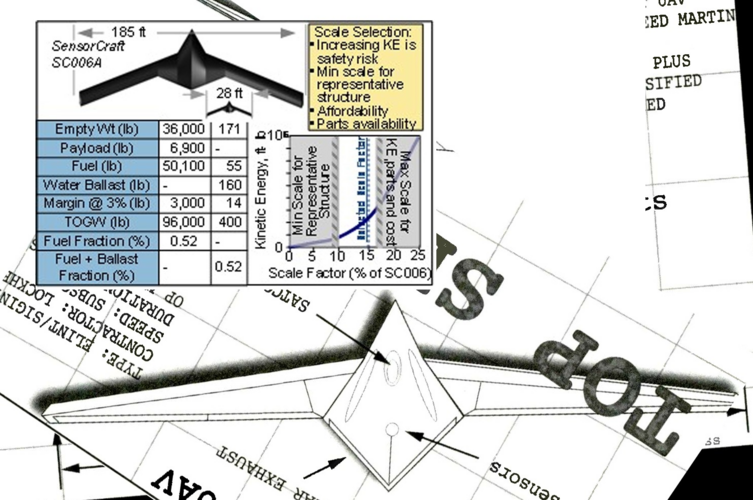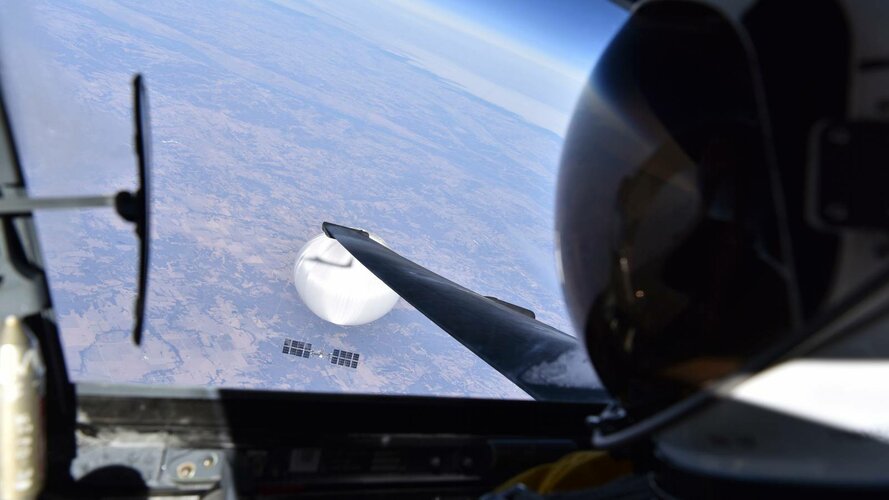Mat Parry
ACCESS: Secret
- Joined
- 25 January 2011
- Messages
- 417
- Reaction score
- 24
I think sensor placement is as good a guess as any, physical separation of identical or complementary sensor packages can provide some advantages.... well that's David Attenbrough tells me about the hammerhead shark ;D (although at > 70,000 ft, the degree of "depth perception" this sensor separation may provide could be limited at best).
All speculation without knowledge of the operating altitude of the concept that gave birth to this model, assuming it even was a concept?
All speculation without knowledge of the operating altitude of the concept that gave birth to this model, assuming it even was a concept?

